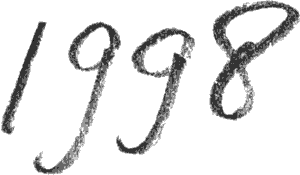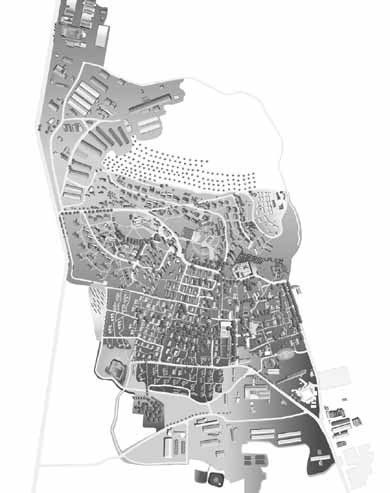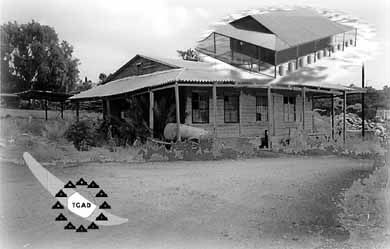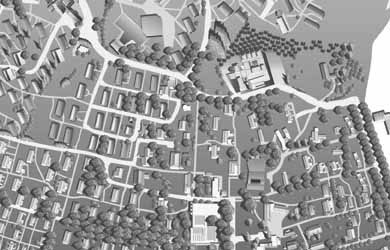 |
|
| And sometimes we have to ask ourselves if the VGDA itself, as well as its internal and external actions, are democratically correct.
Must we, for example, explain in detail the numerous trips to the Promised Earth, as suggested by the Director of the Ein Harod Museum of modern art? The answer is yes. Far from being consentual trips, the VGDA has become interested and has done four investigative trips in a Kibbutz at the north-east center of Israel. The VGDA was asked to create a project outside of its own walls. It should be noted that this was no easy task: to do an interactive project taking into account at the same time the situation of the museum, of the Kibbutz Ein Harod and of the country as a whole. Luckily, there was no time constraints on the project. To answer the questions inherent in thisproject would require a minimum of knowledge of the geography and historyof the place. |
|
 |
|
| First, there is the kibbutz Ein Harod, established in the 20s in the Jezréel valley, at the foot of Mt. Gilboa, where Gidionchose his troops by letting them drink spring water. (Here the VGDA assumes the reader has a basic knowledge of the bible) This area, which was once only a swamp, was purchased by an inhabitant of Jordan. The pioneers wereprimarily German, Polish and Russian immigrants, who were more intellectuals than farmers. As a result they developed activities beyond those needed for their survival, such as political, pedagogical and cultural activities.
Cheim Atar, a baker at night and painter in the afternoon, collects and trades paintings, sketches and objects related to Jewish culture with hisfriends and family who stayed in Europe. Around 1938, his studio doubled as a mini-museum. In 1947, just before the independence of the State of Israel, the Kibbutz Ein Harod built the first Museum of Modern Art. The building was designed by the architect S. Bikels following in the still young tradition of the modernists, in contrast with a shape identifiably Jewish. The museum still exists to this day, and has concerned itself primarily with contemporary creation during the last ten years. It's within this context that the VGDA was invited. |
|
 |
|
| And this consisted of an entire program: transforming a wooden house, situated a the entrance of the border of Kibbutz, into an ephemeral information center. An information center furnished with equipment not yet available,and justified its presence by the layout of the Kibbutz as well as the structured and centered information.
The VGDA knows very little about this place, despite his last trip and very good intentions. Furthermore, The Center of Information took its resources from the participation of students from the school of Art of Lyon, from Valencia and Jerusalem. The exchangeproject (Association Française d'Action Artistique) between France and Israel was created to help the two cultures confront each other. An this way, the stranger, the immigrant and the autochtone (the Israeli student) collaborated in the construction of information that they could not get without some investigative efforts. For the occasion, a plan of the kibbutz Ein Harod was drawn up: it was to serve as a tool to complete and correct the published information. |
|
 |
|
| BBut if the action of the VGDA was, for once, without fault, few things worked out as we planned. The space allotted will not suffice for scope of the project, but you will be able to see it as soon as it is completed, if you subscribe to the e-mail list "Justification of the Work".
And so endsthe chronology of the VGDA, knowing that up to You are invited to look at the pages about |